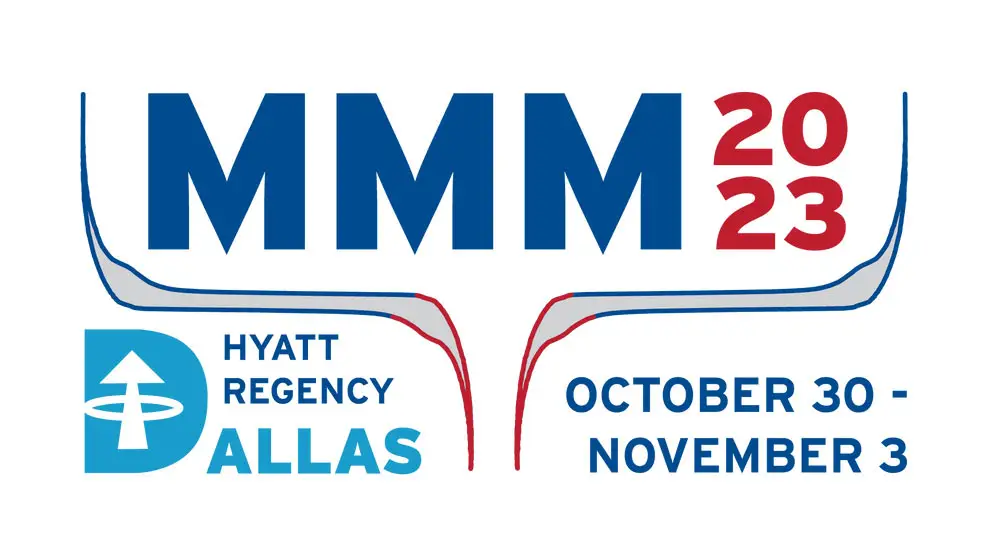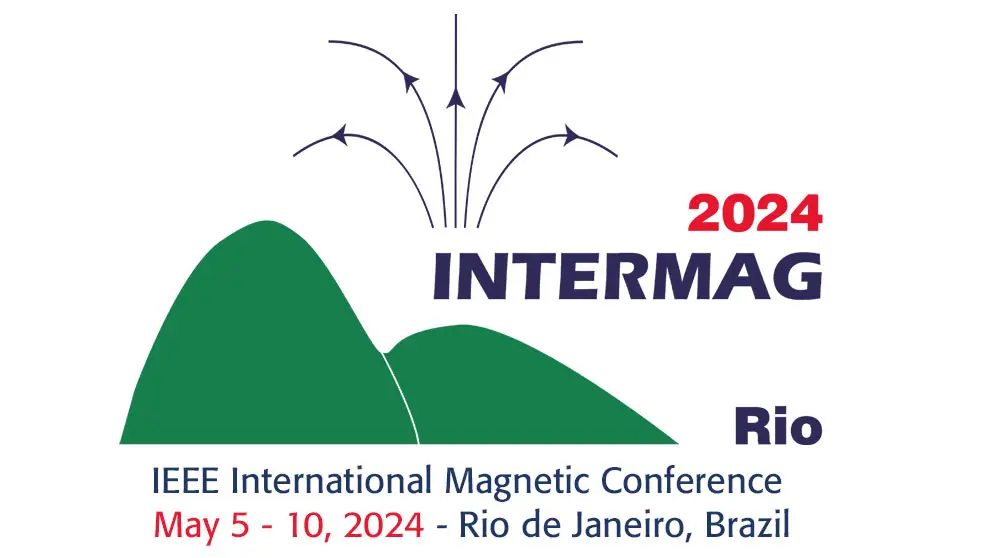EF-10: The Magnetic Anisotropy of Field-Assisted 3D Printed Nylon Strontium Ferrite Composites
Mandesh Khadka, Oluwasola K. Arigbabowo, Jitendra S. Tate, Wilhelmus J. Geerts
Oral
02 Nov 2023
Magnetic Field Assisted Additive Manufacturing (MFAAM), 3D printing in a magnetic field, has the potential in fabricating high magnetic strength anisotropic bonded magnets. Here, 10, 35, and 54wt% strontium ferrite bonded magnets using polyamide 12 (nylon 12) binder were developed by twin screw compounding process and then printed via MFAAM samples in zero, and in 0.5 Tesla (H parallel to the print direction). The hysteresis curves were measured using a MicroSense EZ9 Vibrating Sample Magnetometer (VSM) for 3 different mount orientations of the sample on the sample holder - Vertical at 0 degrees (H perpendicular to print bed normal np), Vertical at 90 degrees (H parallel to np), and Horizontal at 0 degrees (H parallel to extrusion print direction). The hysteresis curve’s squareness S (Mr/Ms) is shown in Fig. 1 for samples printed in zero field and samples printed parallel to the print field. The no-field samples exhibited a weak anisotropy with an easy axis perpendicular to the print direction. This anisotropy is caused by the effect of shear flow on the orientation of the magnetic platelets in the 3D printer head. Such anisotropy was also observed in the twin extruded filaments [1]. For the MFAAM samples, the S values are largest in the VSM measuring orientation vertical-90 indicating an easy axis parallel to the print bed normal. The alignment of the magnetic particles happens when the molten suspension is in the extruder. When the material is printed it is folded over on the print bed and its easy axis rotates 90 degrees parallel to the print bed normal. Little realignment of the particles happens after it is printed, suggesting a sharp drop in temperature once the composite touches the print bed, indicating that field-induced effects dominate the anisotropy of MFAAM deposited samples. This work was supported in part by NSF through DMR- MRI Grant under awards 2216440 and in part by DOD instrumentation grant (78810-W911NF-21-1-0253).References: [1] Tanjina Ahmed, Maria Belduque, Binod D.C., Jitendra Tate, Wilhelmus Geerts, AIP Adv. 11 (2021) 015048, 1-5.


